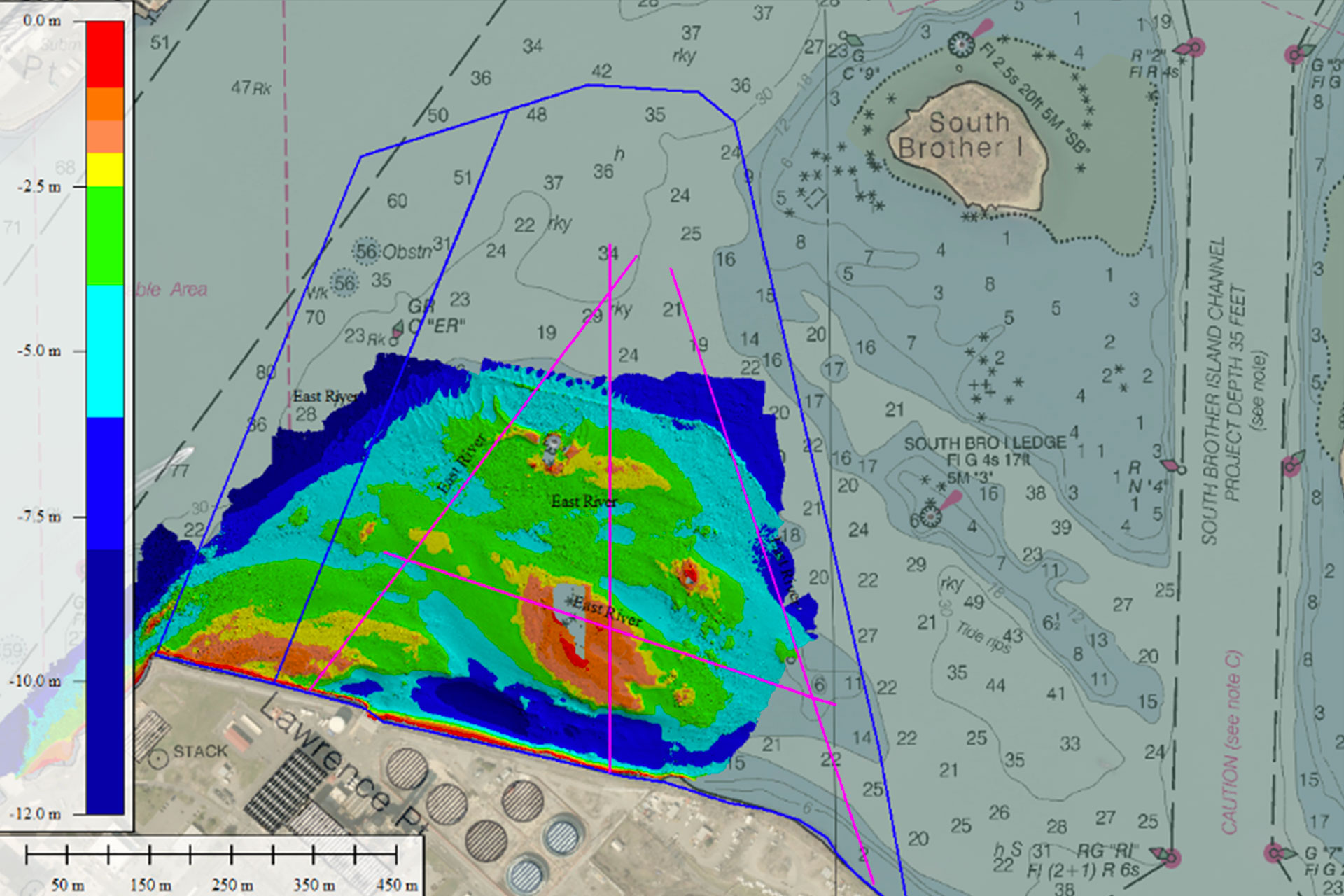Connect with us
* Required fields
* Required fields

 Hudson Bay, New York, USA
Hudson Bay, New York, USA

Electronic Resistivity Tomography (ERT) data was required by the client to ensure that their cables were installed safely. They commissioned Sulmara to collect, process and profile ERT data over multiple challenging shallow water sites in the Hudson Bay, New York, so they could correlate with their seismic reflection and refraction data.
Learn more about the project